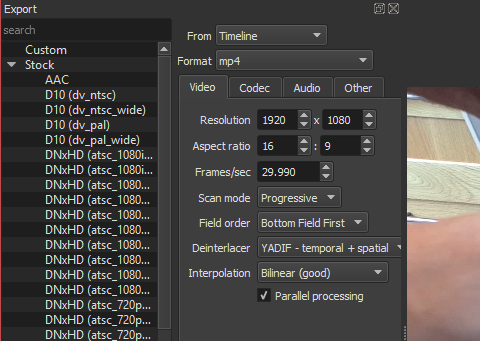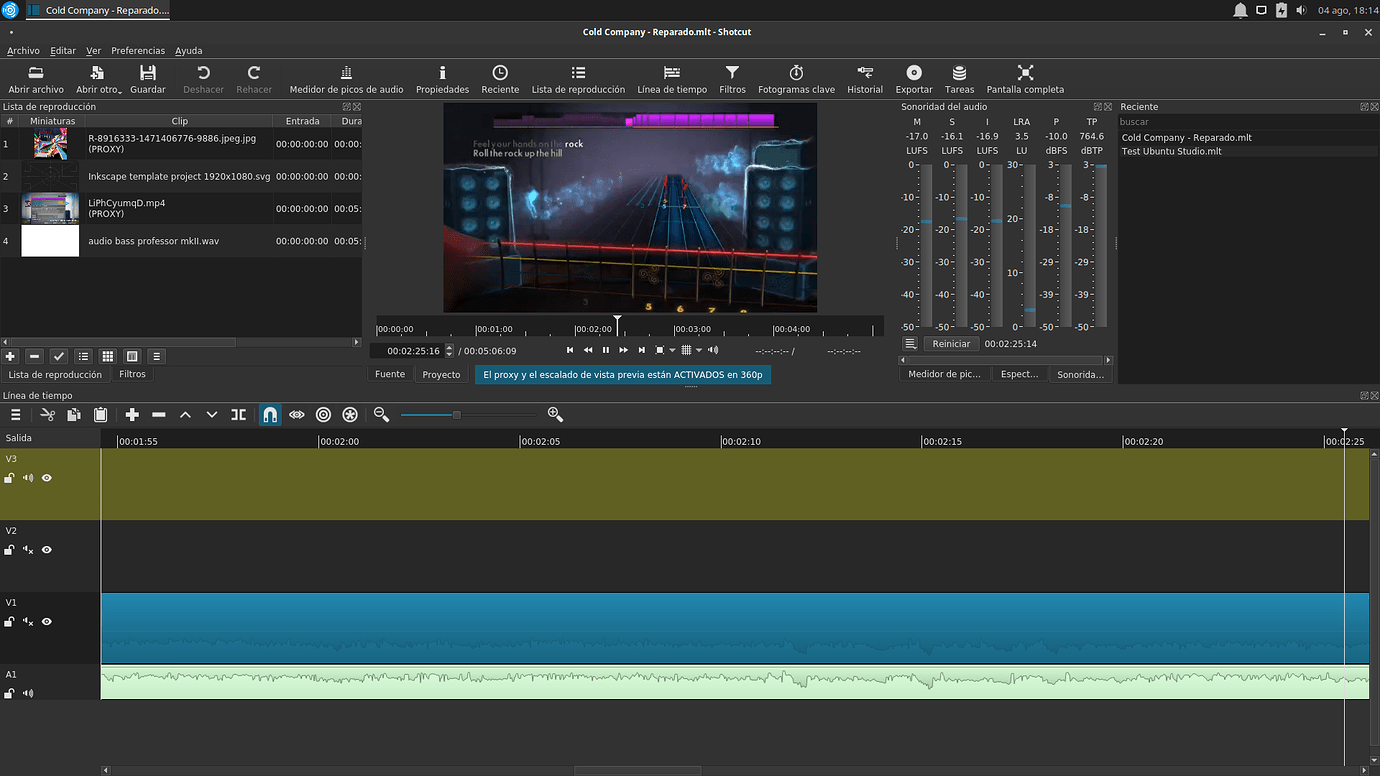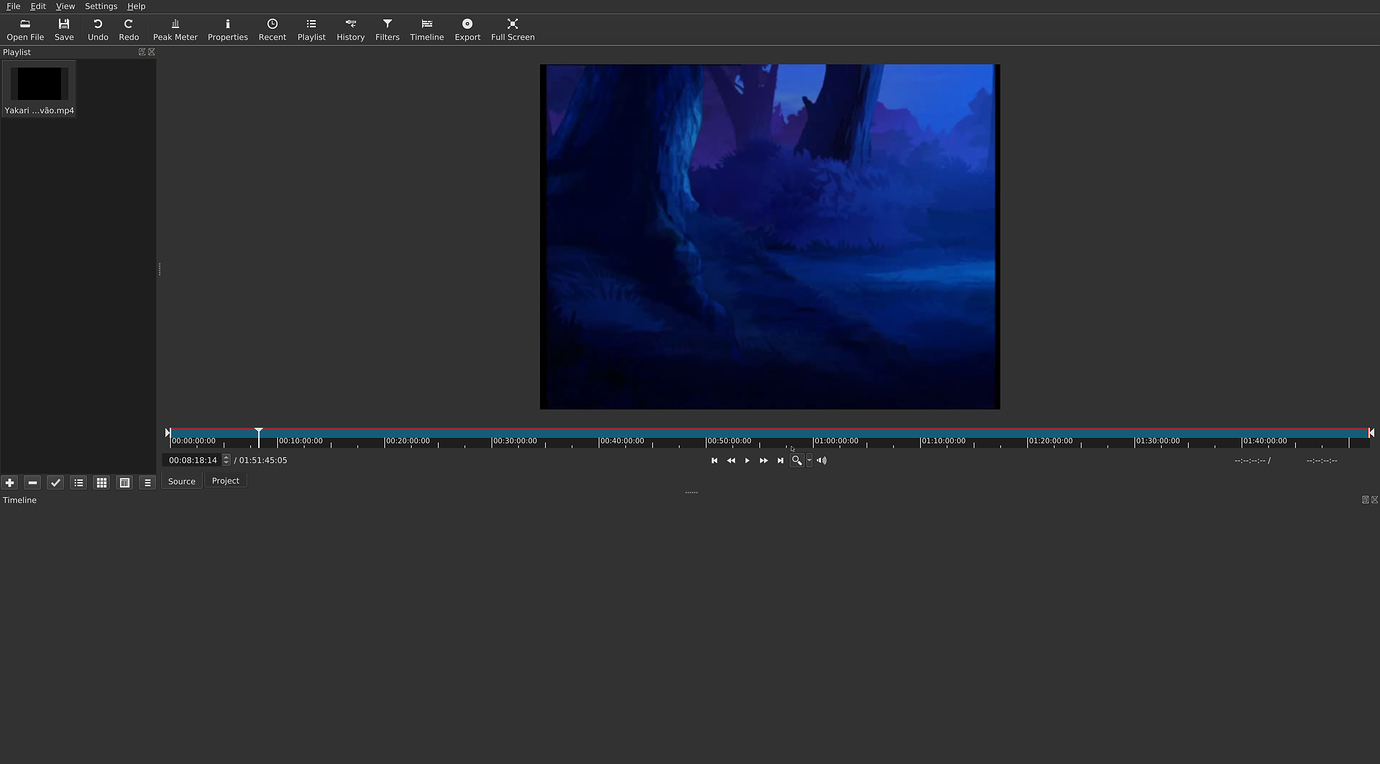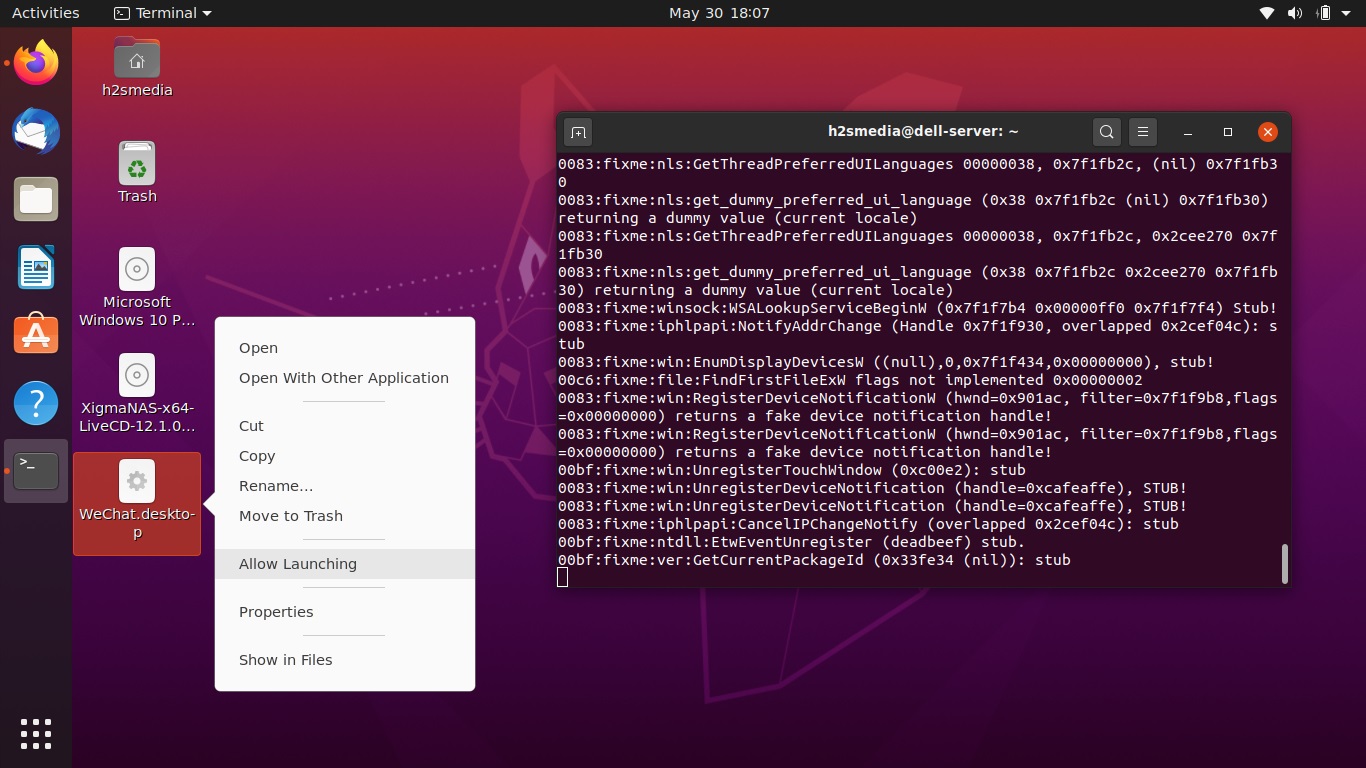

The following is the list of General Shortcuts: Keyboard Shortcut These Kali Keyboard shortcuts will make it easier to handle Windows, screenshots and workspaces. It is also applicable in the case of Kali Linux. When using an operating system, a basic understanding of its keyboard shortcuts is usually beneficial. Other desktop environment, such as GNOME and KDE, may have an alternative keyboard shortcut. In this tutorial, we will assume that we are using Xfce, Kali's default desktop environment. In addition, we will show that how we can customize our own keyboard shortcuts. In this tutorial, we have put a list of helpful keyboard shortcuts into a cheat sheet, so we can refer to it whenever needed. In order to increase our productivity in Kali and save some of our time, we can learn some keyboard shortcuts. The process of acquiring reconnaissance information before launching an attack and finally using penetration testing equipment against a target system frequently comprises a lot of keystrokes and perhaps a few command-line terminals. $ xtar Files.The users of Kali Linux have a lot of typing ahead of them. tar archive, here we ran the command in a directory which contained Files.tar, and extracted the contents to the current directory.

Run the xtar command in a directory with a. Save the file, and open a new terminal window.Ĥ. tar archive using the -vf switch which will extract the files in an archive to the current directory. Add this alias, xtar, which will extract a specified. This alias will help us by removing the need to use the switches sjo we just call the alias along with the name of the archive.Ģ. Sure we can use the desktop, but there will come a time where we need to do it from the terminal, for example, if we are using an SSH connection. Sometimes we forget the correct switches to extract a file from a. $ listĬreate a Linux Alias to Extract the Files Open a new terminal window and run the command. alias list='ls -human-readable -size -classify -a'Ĥ. Edit the “Hello World” example to match the following. Using your preferred text editor, open the. classify Apply an indicator to to the output, for example it shows directories with a /ġ. human-readable Make the output human readable We will create a new alias called “list” which will have arguments to show contents using the following parameters. The ls command has many arguments, to show hidden files, format the output, sort by file size etc.


Sometimes we need to list the contents of a directory, including any hidden files. (Image credit: Tom's Hardware) Creating new aliases


 0 kommentar(er)
0 kommentar(er)
